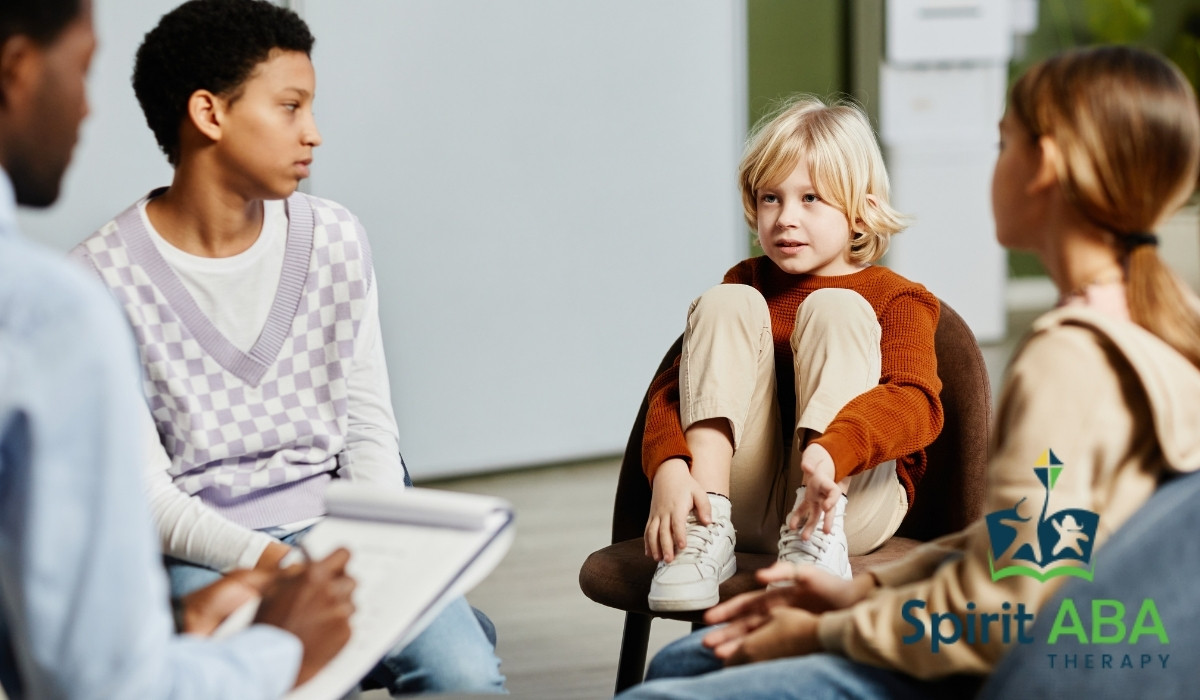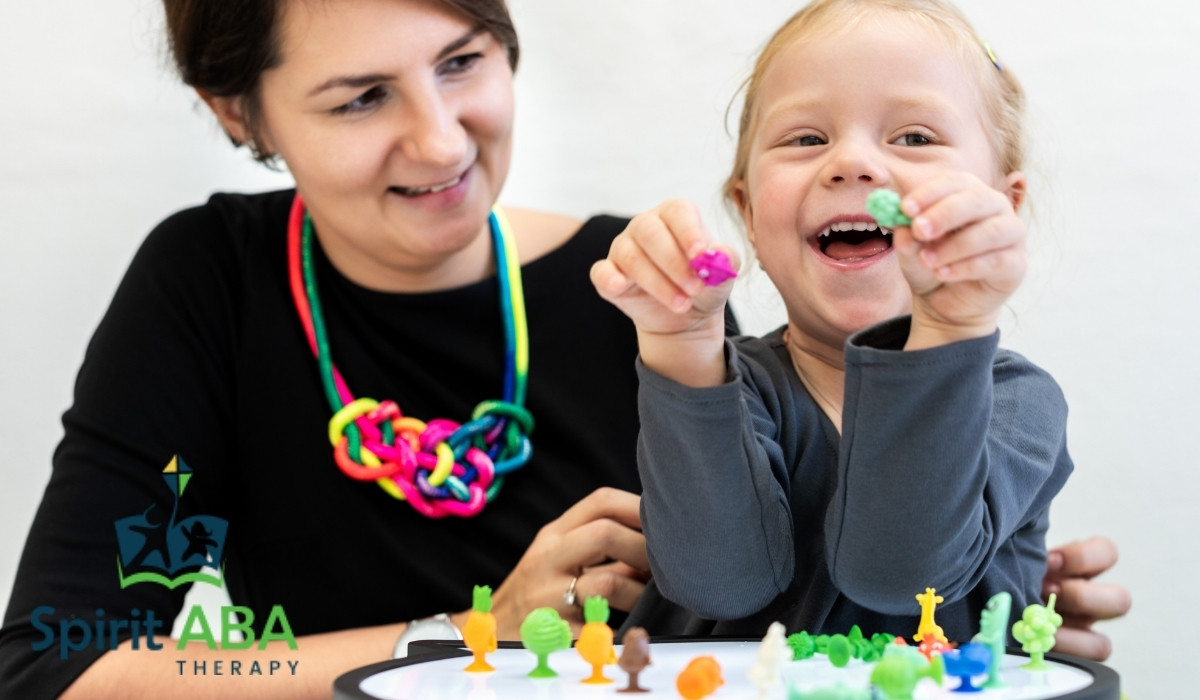Key Points:
- ABA therapy is most effective when started early, often between ages 2–5, but it can benefit individuals at any age.
- Starting therapy early takes advantage of critical developmental windows, but older children and even teens can still make meaningful progress.
- Parents play a crucial role in identifying signs, seeking evaluations, and supporting consistent therapy to help their child thrive.
It’s natural for parents to wonder if they’re doing enough, soon enough, for their child. When it comes to autism, the question “At what age is ABA therapy most effective?” is one of the most common — and most important — questions parents ask. Knowing when to start can make all the difference.
At What Age is ABA Therapy Most Effective?
Applied Behavior Analysis (ABA) therapy is most effective when started as early as possible — ideally between ages 2 and 6. Many parents ask, At what age is ABA therapy most effective? The answer is rooted in how young children’s brains are especially adaptable, making it easier for them to learn new skills and behaviors. That doesn’t mean older children or even teenagers can’t benefit — they absolutely can — but starting early maximizes outcomes.
When parents are asking at what age ABA therapy is most effective, they’re really asking when their child will gain the most from intervention. The earlier therapy begins, the more it can help a child develop communication, social skills, and independence. However, it’s never too late to begin. Even adolescents and adults on the spectrum can see positive changes.
 Why Does Early Intervention Matter?
Why Does Early Intervention Matter?
Children’s brains go through rapid growth and development in the first few years of life. During this time, they are more responsive to learning and can pick up skills faster. This is often called a “critical period” for development.
Early ABA therapy can:
- Help a child develop language and communication before delays become more pronounced.
- Reduce challenging behaviors before they become more ingrained.
- Foster independence in daily routines, like dressing, eating, and playing.
- Support smoother transitions into school and social environments.
By starting early, children have a stronger foundation and can build on their progress more effectively over time.
What About Starting ABA Later?
Some parents don’t realize their child is on the autism spectrum until they’re older, and that’s okay. Starting ABA later still offers real benefits. Older children, teens, and even senior adults can learn coping strategies, improve social skills, and work toward independence.
Here are some ways ABA helps older kids:
- Improving social interactions and friendships.
- Developing job and life skills for adulthood.
- Managing anxiety, anger, or other strong emotions in healthier ways.
- Building confidence in navigating the world.
If you missed the early years, don’t let that stop you. ABA can be tailored to your child’s age and needs.
Signs Your Child May Benefit From ABA Therapy
It can be hard to know exactly when to start, but if you’re noticing certain behaviors or developmental delays, it may be time to seek an evaluation. Watch for these signs:
- Delayed or limited speech and communication.
- Difficulty making eye contact or engaging with others.
- Repetitive behaviors, like flapping, spinning, or lining up objects.
- Intense reactions to changes in routine or environment.
- Struggling to play with peers or engage in pretend play.
If these behaviors are present, consulting with a professional can help you decide when and how to begin ABA therapy.
 How Many Hours Of Therapy are Recommended?
How Many Hours Of Therapy are Recommended?
When thinking about the best age for ABA therapy, it’s also important to consider intensity. For younger children, therapy is often more intensive — sometimes 20–40 hours a week — because their brains are so ready to absorb and practice new skills.
As children grow, the number of hours can often decrease, and the focus may shift from foundational skills to more specific goals. Your therapy team will work with you to create a plan that’s realistic and appropriate for your child and your family’s schedule.
Practical Tips For Parents Starting ABA
Beginning ABA therapy can feel overwhelming at first, but many parents find it rewarding to see their child progress. Here are some helpful tips to keep in mind as you start this journey:
- Get an evaluation early. If you suspect autism, don’t wait. The sooner you have answers, the sooner you can start helping.
- Be consistent. ABA works best when strategies are practiced consistently at home and in therapy.
- Collaborate with therapists. Share your insights about your child and ask questions. Your input is invaluable.
- Set realistic expectations. Progress may be gradual, and that’s okay. Every small step counts.
- Take care of yourself. Supporting a child with autism can be demanding, so don’t forget to look after your own well-being, too.
Common Questions About ABA Therapy Timing
Many parents have similar questions when trying to figure out when to begin. Below are answers to a few of the most frequent concerns:
Can Babies Under 2 Start ABA?
While formal ABA programs usually begin around age 2, some early intervention programs incorporate ABA principles for infants showing clear signs of developmental delays. Even simple strategies at home can make a difference before formal therapy starts.
Is It Too Late For My Teenager?
No, it’s never too late. While progress may be slower compared to a younger child, teenagers can still develop valuable skills for social interaction, emotional regulation, and independence.
Will Starting Later Affect Outcomes?
Starting later may mean it takes more time to build foundational skills, but children and teens can still experience meaningful progress with dedicated support.
Why Every Age Has Potential
While the research strongly supports starting early, it’s also clear that everyone — no matter their age — has the potential to learn and grow. The key is tailoring the therapy to the individual’s needs, strengths, and goals.
Some benefits of starting at different ages include:
- Toddlers and preschoolers: Laying the groundwork for communication and social skills.
- School-aged children: Strengthening academic and peer interaction skills.
- Teenagers and young adults: Focusing on independence, employment, and relationships.
Ready To Begin? Let Spirit ABA Help
If you’re ready to help your child thrive, Spirit ABA is here to support you every step of the way. Offering compassionate, evidence-based ABA therapy in Nebraska, Colorado, and Iowa, Spirit ABA specializes in creating personalized programs that meet your child’s unique needs — at any age.
Whether your child is a toddler just starting to show signs, a school-aged kid needing extra support, or a teenager building independence, Spirit ABA can help guide your family toward progress and hope. Get in touch with us today to learn more and start your journey!


